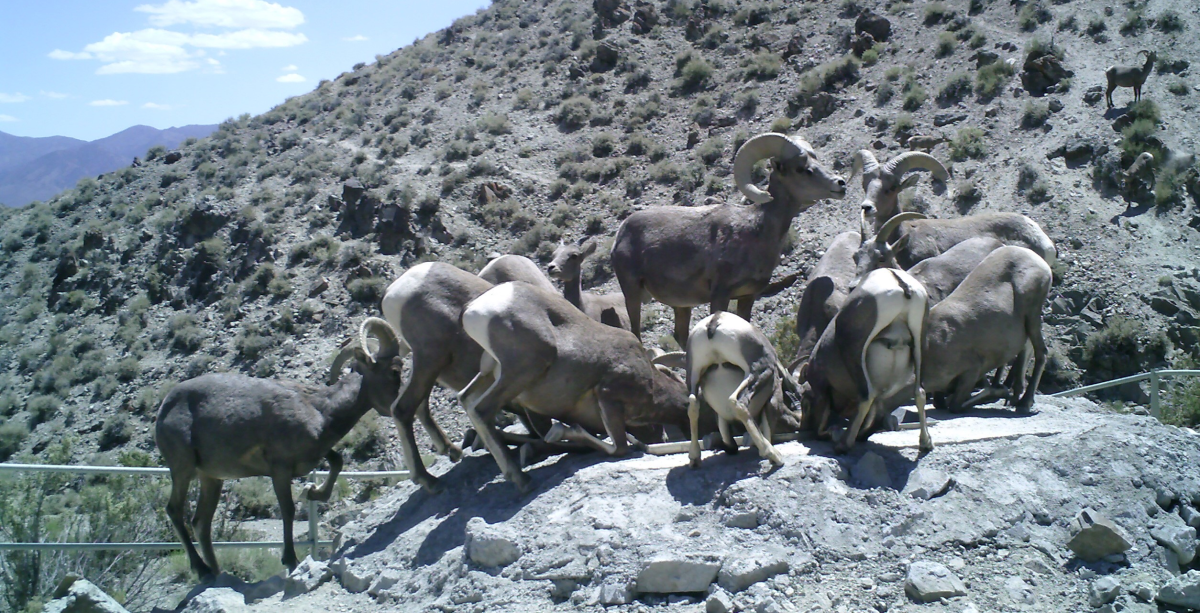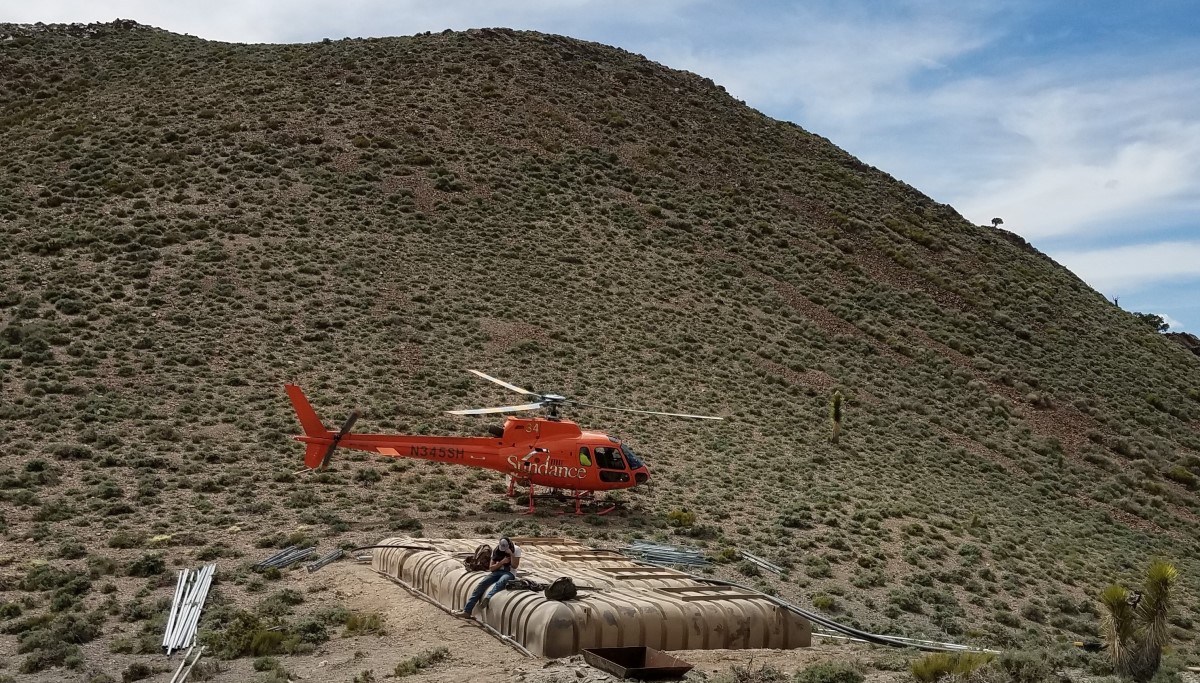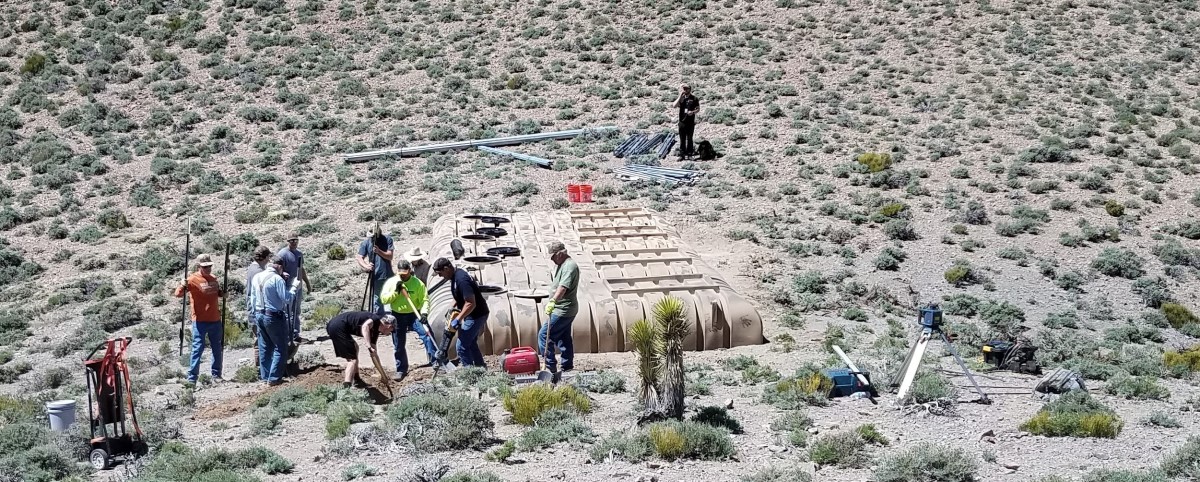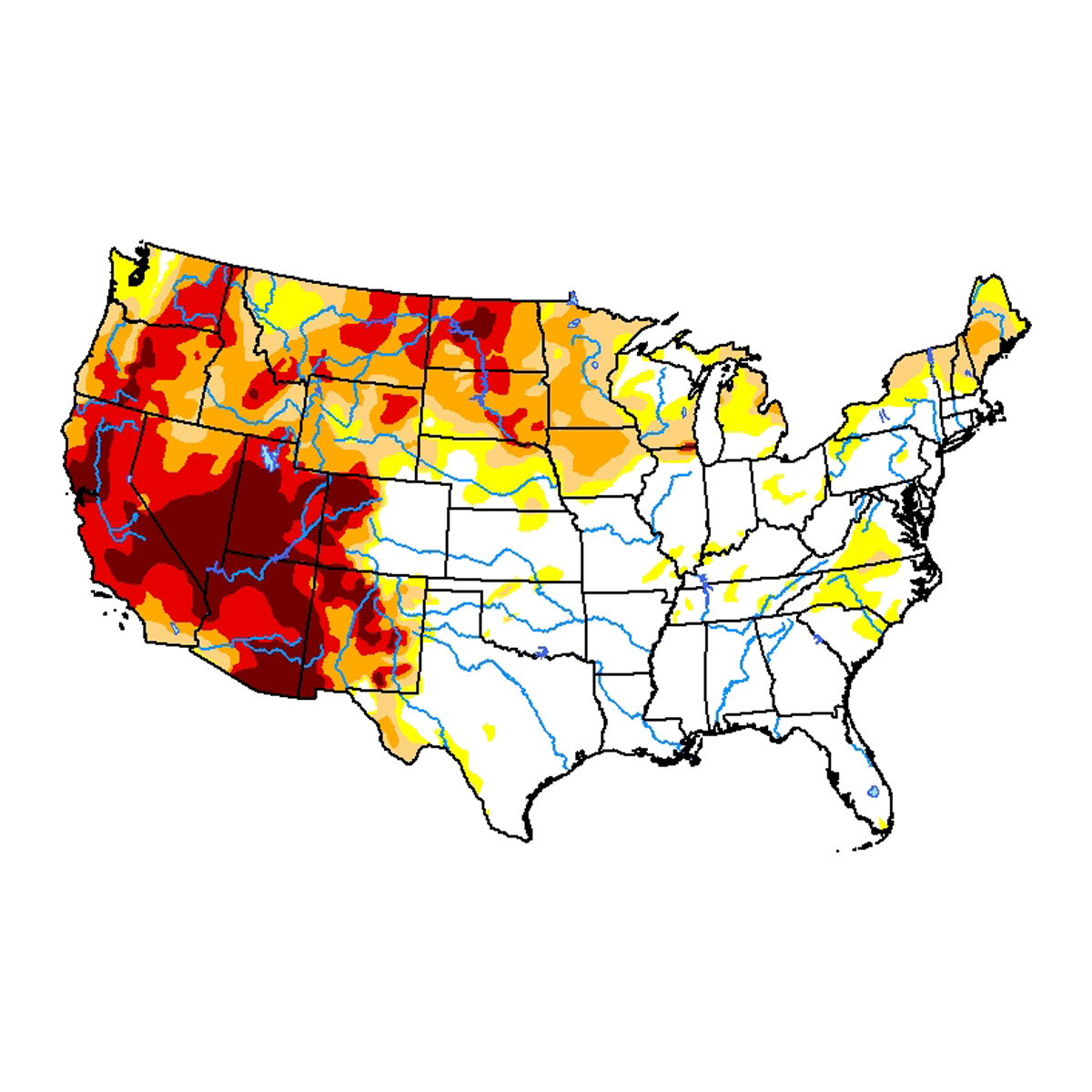Hunters and conservation groups step up to support Nevada’s wild sheep in a time of need
In parts of the arid West, water is often the limiting factor for populations of desert bighorn sheep and other wildlife. Over the years, groups like the Fraternity of the Desert Bighorn, Nevada Bighorns Unlimited, and the Wild Sheep Foundation have partnered with the Nevada Department of Wildlife to build structures known as guzzlers. These manmade water sources provide a reliable supply of drinking water for all types of local wildlife and help to distribute sheep throughout the range. Typically, these water catchments are filled by collecting rain on an apron, but without adequate precipitation they need to be filled by helicopter or else they’ll run dry.
This year’s heat and drought, which has been prolonged and severe in southern Nevada, drove Fraternity of the Desert Bighorn president Clint Bentley to ask his fellow hunters and sheep fanatics for help. And—as usual—sportsmen and sportswomen rose to the challenge, making a huge difference for wild sheep and offering another extraordinary example of hunters and conservationists opening their wallets to support wildlife.
Here’s Clint’s story:
Like much of the West, Nevada has been hot and dry this summer. Simply put, there has been no habitat anywhere in the southern part of the state with any greenery whatsoever. Everything is totally brown and dead, so the nutritional value for our wild sheep is basically zero. That has been as big a concern to me as the lack of water, because we can haul water, but we can’t just replace their food-base.
What worries me most—and not just me, but Nevada Department of Wildlife and the Wild Sheep Foundation—is that this lack of nutrition and lack of water will cause our lamb survival rate and recruitment to plummet. These conditions are just devastating to the lamb crop.
In conditions like we’ve been experiencing lately, where there hasn’t been enough rainfall to replenish the guzzlers, we need to supplement them with water hauls, primarily using aircraft.

Between August 11 of last year through January 8 of this year, we hauled 167,000 gallons of water, with more than 160,000 gallons of that by helicopter. That amounts to somewhere between 800 and 1,000 helicopter trips to deliver water to 28 different guzzler sites on 13 different mountain ranges.
Then, in three weeks this June, we hauled another 71,000 gallons by helicopter to nine mountain ranges and 15 different sites. On June 24, 2021, we flew water surveillance flights to 16 different guzzler sites on three different mountain ranges and saw there would be an urgent need for additional water in early August.
At that point, however, we had totally depleted the FDB’s emergency water haul fund. I started that fund seven years ago, and we’ve been building it ever since because I knew we’d need it someday. But it doesn’t take very long to deplete a large sum of money when you start flying helicopters ten hours a day.
So, knowing the conditions on the ground and the state of our account—I think we had $4,000 left, which wouldn’t cover anything—something needed to be done to help our sheep.
The day after our water surveillance flight, I made a request on behalf of the Fraternity of Desert Bighorns at the Wild Sheep Foundation’s 13th Chapters and Affiliates Summit for any financial assistance to help us in the upcoming months of water hauling. I was secretly hoping to garner $50 to $60,000 from this request.
Instead, it received a response far beyond my hopes and expectations: WSF and NBU-Fallon each pledged $30,000 and 17 chapters and affiliates as well as two individuals combined to pledge another $122,000. The grand total amounted to $182,000.
As a result, on August 1st we will begin three days of recon flights to establish where we need to start hauling water. These funds will be going directly to keeping wild sheep on the mountain.

I still get tears in my eyes thinking of everyone who contributed. It has strengthened my faith in all of these groups and reestablished that we all really are in this for the benefit of wild sheep and all of the other wildlife that depend on these same guzzlers. It’s just so reassuring to see how everyone is truly committed to the same cause.
What’s important is not just that we can raise this amount of money, it’s how those funds will be used. That money is going to go into the ground to keep our wild sheep healthy. And these water hauls have already saved the day on two mountain ranges where the herds were in serious trouble. Sheep were going to start dying if we didn’t get water there, plain and simple.
Over the last 50 years, hunters and conservation groups have worked to increase Nevada’s wild sheep population from basically 2,000 to 12,000. At the same time, we’ve been able to augment sheep numbers in Texas, Utah, and Oregon. Clearly, the commitment that led to those successes is alive and well in our community.
I get overwhelmed every time I look at the list of those groups and individuals and see what everybody is willing to do for our wild sheep. I was just praying for $50 to $60,000 and then the response that we got it—well, it just chokes me up. What else can I say?







I think what has been accomplished is wonderful for these sheep. I am so happy there are groups out there that care to help the animals in our states. Blessed Be.